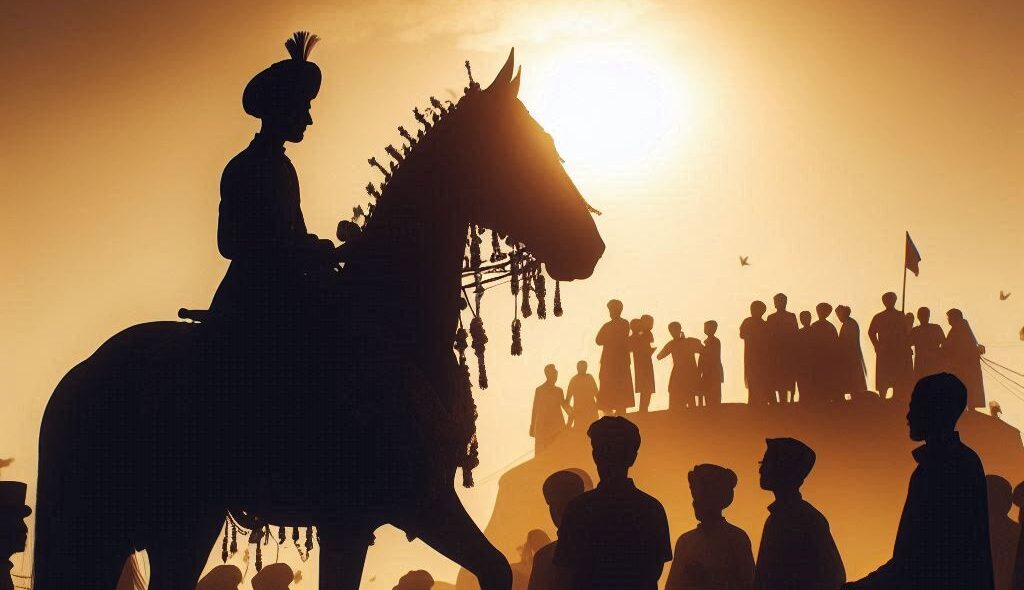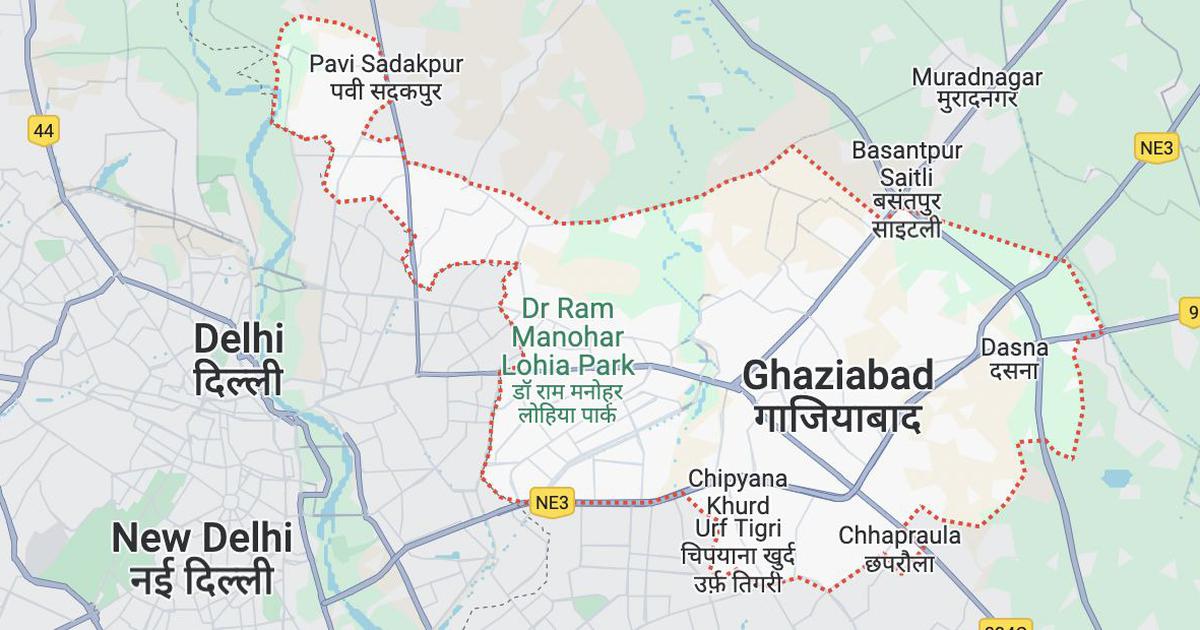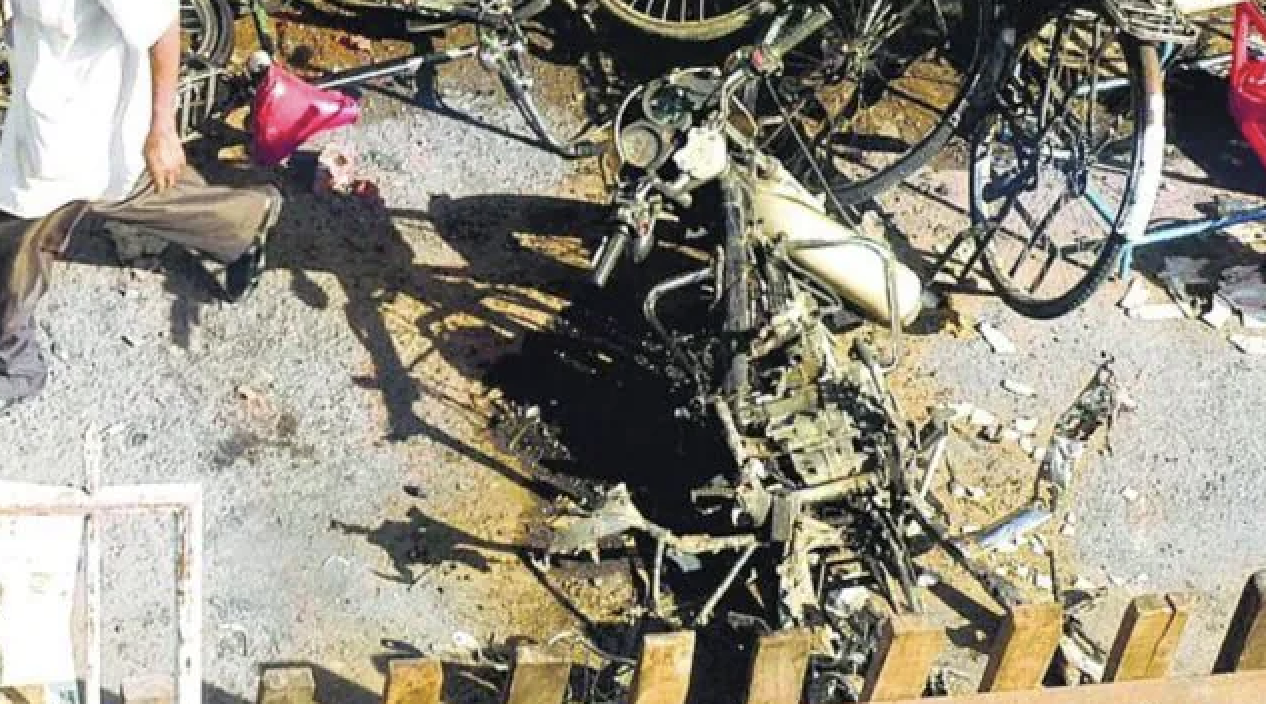
By
By now, the Hijab (headscarf) row has acquired a lot of political salience, possibly due to the added factor that far away from the coastal Karnataka, election for Uttar Pradesh legislative Assembly is underway and where the incumbent regime has pitched hard for polarization in great desperation. Both Karnataka and UP are ruled by the BJP, a Hindu majoritarian outfit. The coastal Karnataka and UP, both, have been undergoing massive communalization for the last many decades. Saffronization of coastal Karnataka in recent decades has been explored in great detail by a young journalist Greeshma Kuthar (18 part story on FirstPost, April-August 2019; and by Prof. Muzaffar Assadi, EPW, Feb 1999 and June 2002). My recent Urdu book, Bhagwa Siyasat aur Muslim Aqalliyat gives an account of such stories from across India. This book is meant to help a segment of Urdu knowing public to understand the power-play of communalization, and thus enabling them figure out, as to eventually, which kind of dangerously opportunistic political forces from both the communities benefit out of such efforts towards competitive communalization.
The Genesis/dateline of the Current Controversy
Reports suggest that on December 31, 2021, around six Muslim girls of a government school in Udupi (In Karnataka, senior secondary schools are called Pre-University colleges) insisted on wearing hijab. During admission, they were informed about the rules and nobody had objected, said the college. It must be added here that most of the schools do have dress codes. The Aligarh Muslim University (AMU) too has got at least five Senior Secondary schools, including two exclusively for girls. All schools five have got dress codes.
By January 6, another Pompei college, Aikala (Karnataka), witnessed retaliation to it when students of saffron outfits wearing saffron shawls were on display through videos.
In retaliation, by January 21, 2022, a saffron outfit of coastal Karnataka, the Hindu Jagarana Vedike (HJV) warned the government of launching a saffron shawl campaign. The NSUI (student wing of the Congress Party) state vice president Farooq Bayabe intervened in the row by saying that ‘fundamental rights of the Muslim girls are being denied by banning hijabs in the college’, and they talked of going to the High Court.
On January 25, the Karnataka government appoints a committee to decide about the dress code in such schools. Without waiting for the report of the committee, on January 28, the Islamist outfit, Campus Front of India (affiliated to the Popular Front of India-PFI) jumps into it to support the hijab issue. This outfit is supposed to have a sizeable presence particularly in those parts of India. Moreover, the next elections for the Karnataka legislative assembly are not far away.
On January 31, 2022, five girls go to the High Court with a plea that the hijab is an essential part of their religion.
The abovementioned timeline of the current row is needed to put the whole story in perspective and also in order to find out which kind of political actors are there in this whole story.
Incidentally, we see a strange coincidence. In May 2018, when Karnataka was having elections along with a by-election for Kairana (Muzaffarnagar, Uttar Pradesh), a very high-pitched controversy was raised around a 1938 portrait of Jinnah in the Aligarh’s AMU Students’ Union Hall. This issue was carried for many hours on some of the most popular TV news channels, known for pro-BJP bidding day in and day out. Once again, while UP is going for polls, the Hijab controversy of coastal Karnataka comes out.
In this specific story of Hijab row, political organizations such as the NSUI, PFI, and Hindu Jagranna Vedike (HJV) are to be seen playing their roles. HJV was more active against Love Jihad in Mangalore and adjoining parts of coastal Karnataka, for the last many years. Most recently, we had heard of this in July 2021 when some of its affiliates had abducted the shares dealers in Udupi and robbed Ashok Kumar off of Rs 2 lakhs. The Udupi police, from the HJV cadres, had seized lethal weapons, and a car stolen from Manipal. The majoritarian privilege may possibly have been a factor when despite lethal weapons they were not declared terrorists and escaped UAPA kind of charges. Thus, by now, they may have come out on bail granted by the judiciary.
Be that as it may, even while this hijab row was hotly alive on the media, 350 km away from Udupi, a college in Mandya, hogged the limelight when a lone girl was seen heckled by dozens of saffron youth menacingly shouting slogans. The brave girl responded to it with utmost confidence.
Soon after, the Jamiat-ul-Ulema-e-Hind announced a cash prize of Rs 5 lakhs to the girl, Muskan Khan. One wonders, along with this, have they also persuaded the family of the girl offering to extend them legal aid so that the saffron goons could be caught up by the law under relevant sections of the IPC.
Arndt-Walter Emmerich, an Oxford scholar, whose 2020 book, Islamic Movements in India: Moderation and its Discontents is a sympathetic account of the PFI (SDPI is its electoral outfit); argues that the PFI fights legal battles against victimization of Muslims. Yet, they haven’t as yet gone to fight a legal battle against the saffron goons shouting against the girl student, Muskan Khan, reportedly daughter of an MIM leader of Mandya (350 km away from Udupi).
Our rulers demonstratively pretend to be standing for uplifting the ‘oppressed’ Muslim women. Will they act befittingly against their own storm-troopers? This cumulative radicalization of the youth opiated by religious extremism is already assuming menacing proportions. Many of them are increasingly turning into lynching gangs and similar horrid crimes. Snigdha Poonam’s wonderfully explored and articulated reportage, Dreamers: How Young Indians Are Changing Their Worlds explains to us the phenomena and political economy of the radicalization of our youth.
Going by the social media debates, one finds various kinds of outlandish arguments from across the ideological divides. School dress code is a norm, and in this case, this dress code was already in force when the girls and their parents chose to get enrolled in such government girls schools of Udupi and the rest of coastal Karnataka. Far from this, it is being made out to be a case of freedom of sartorial choice, freedom of religion, a symbol of Muslim regressivism, and so on. Across the ideological divides, I see a case of partisan politics or selective amnesia.
At the risk of being charged with indulging in whataboutery, let me remind you. Just a few years ago, AMU students had their LitFest March 2017. They had invited film actress Swara Bhaskar as speaker. She was without a dupatta, for which she was hooted by a section of students. I can see some of those very hooters and hoodlums are also among those who are today shouting on social media in support of hijab invoking the arguments of sartorial freedom. I repeat, AMU schools too have got dress code for all students.
These sections of AMU students have chosen to forget what did they do with a Muslim girl student of journalism in 2006 when she was harassed for her jeans pant and T-shirt? The AMU administration was not seen prompt in taking appropriate action against the hoodlums (see this report of the Hindustan Times, Feb 11, 2006). The girl student had to undergo a lot of pain in her personal life even long after that episode. Barring a handful of teachers and students, most of the AMU insiders were either silent or on the side of the administration’s wilful inaction.
Swara Bhaskar, however, didn’t make it an issue, not even on social media. [So did Arfa Khanam Sherwani of The Wire. She was trolled by the Muslim Right-wing in March 2019 for having tweeted a verse, Holi khelungi Keh K Bismillah. She however didn’t resist/combat it the way she speaks out against the majoritarian trollers]. This makes a case of Hindu liberals being soft on Muslim regressivism. Thus, arguably providing grist to the mill of Hindutva accusations! Such partisan roles have been corroding the credibility of the liberal-secular forces. This needs a deep introspection rather than calling names of those asking for sincere introspection and stock-taking.
In this current story of the Hijab row too, the political actors operating openly as well as clandestinely are not being exposed adequately. The truth that a large number of schools do have dress codes is being twisted. This twist is a little more convenient because the schools of Karnataka are called ‘colleges’, and colleges are not supposed to have dress codes. In short, school dress code and sartorial freedom as citizens are two different things.
My simple submission is that the political outfits thriving on communal polarization can be exposed with bare truths associated with the whole episode, rather than complicating it in so many kinds of theoretical debates incomprehensible for the common masses. This is the kind of deliberate act of complicating simple things which go on to help the communal forces.
When will the anti-communal forces learn this art of saying things in simple words? That would possibly be a way forward in fighting the regressive forces.
This article first appeared on beyondheadlines.in






